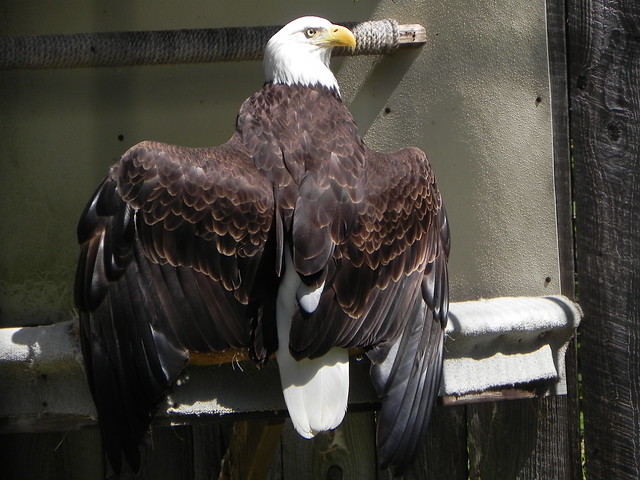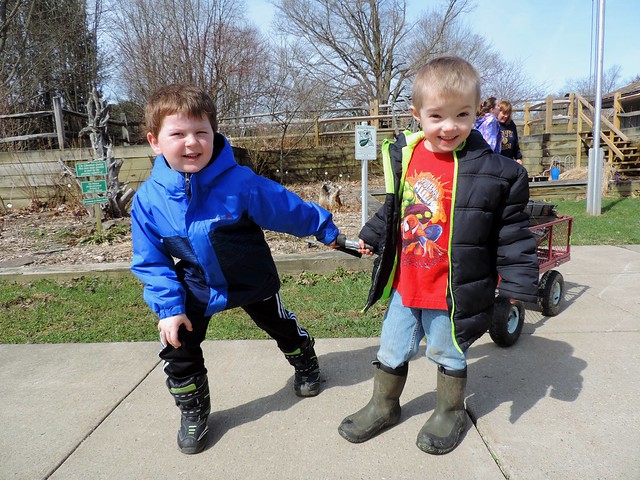I don’t think I really appreciated how still and quiet winter was until spring has arrived. Suddenly, without fail, the world explodes with life — children run around their yards screaming or bouncing their basketballs while birds buzz and chirp in the trees nearby. Overnight the world goes from still and white to buzzing and green.
This past weekend I had a chance to experience the first warm, sunny day of spring. While I wouldn’t say my yard was green just yet, it was definitely buzzing with life. As I sat on my porch listening to the birds chirp and the leaf blowers zoom, I tried to picture what spring would be like without all of these familiar sounds. Would it feel as alive?
While it’s probably difficult to imagine, at one time in history the idea of experiencing a silent spring was a real concern, especially for Rachel Carson, a famous nature writer in the 1950s and 60s. Carson, who was a marine biologist by trade, used her growing fear of complete and utter silence to write her most popular and compelling book, “Silent Spring.”
In her book she described what a silent spring would sound like, what it would look like. “There was a strange stillness,” she wrote in the opening pages of her book. “The birds, for example — where had they gone? Many people talked of them, puzzled and disturbed… It was a spring without voices. On the mornings that once throbbed with the dawn chorus of robins, catbirds, doves, jays, wrens, and scores of other bird voices there was now no sound… No witchcraft, no enemy action had silenced the rebirth of new life in this stricken world. The people had done it to themselves.”
The weapon, of course, was dichloro-diphenyl-trichloroethane, a powerful, popular pesticide more commonly known as DDT. DDT was first synthesized in 1874, but it became widely used in the mid-1900s when scientists discovered it could successfully prevent the spread of insect-borne human diseases like malaria and typhus during World War II. By the 1940s DDT was being used throughout the United States to control everything from pests on crops to bedbugs and lice.

While DDT was good at controlling unwanted pests, the chemical had incredible negative impacts on the environment, especially the birds. The first warning signs appeared in the late 1950s when robins in Michigan started dying after eating earthworms that had been sprayed with DDT. By the time eagle and pelican populations started disappearing people really started to worry. Like most things in nature, affecting one part of the food chain usually effects the whole rest of the chain. While DDT did its job well at the foundational level killing insects, its effects traveled up the food chain effecting everything along the way.
DDT has been banned from the United States since the 1970s, but stories like this are still common today. Every day in the news we read about how we have destroyed forests, polluted lakes, and erased thousands and thousands of animal species from our planet. Nowadays when we hear about our relationships with nature, we usually hear about the forest fires that our camp fires have started or the plastic bags that are killing turtles, whales, and seals all over the world.
While many people choose to focus on the negative things that humans can do to nature, we often forget to think about the actions we can take to help nature. Simple things like planting trees or not mowing your law can have a huge positive impact on the environment around you.
Here at Audubon we love to celebrate Earth Day by giving back to nature, to benefit it instead of impacting it in a negative way. Join us on April 20 as we work to prepare the grounds for the upcoming season. Throughout the morning volunteers will be able to choose from projects like cleaning up the roadside along Route 62 to removing invasive species like Garlic Mustard from areas of the property.
So, this year, come enjoy the sounds and signs of spring while you give back. We would love to have you.


Recent Comments